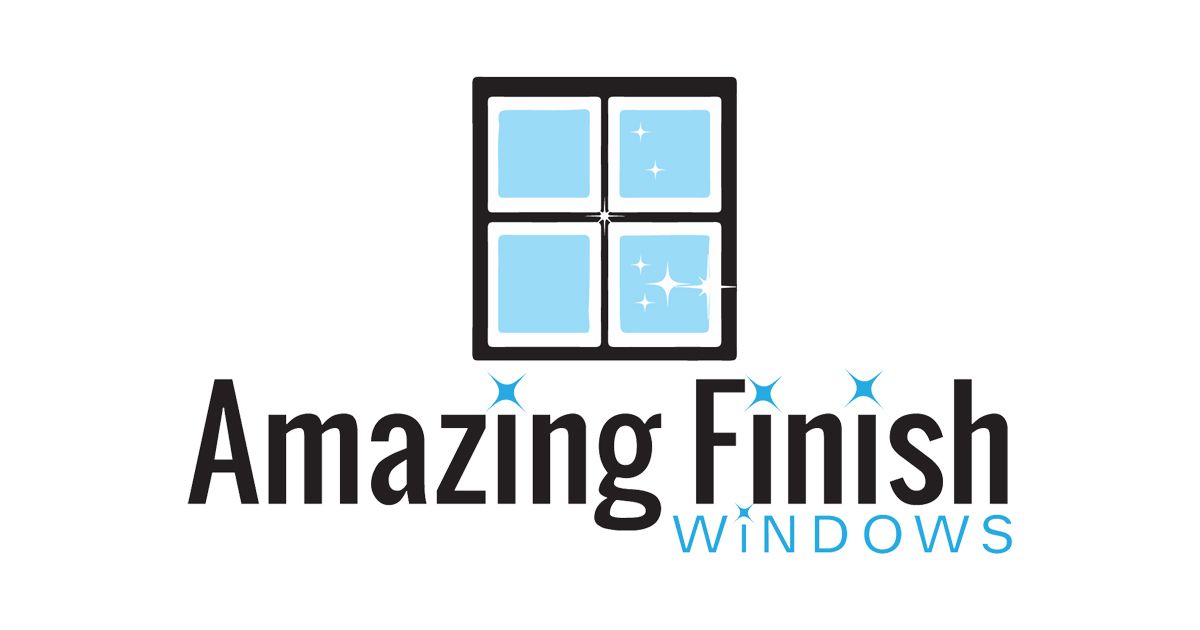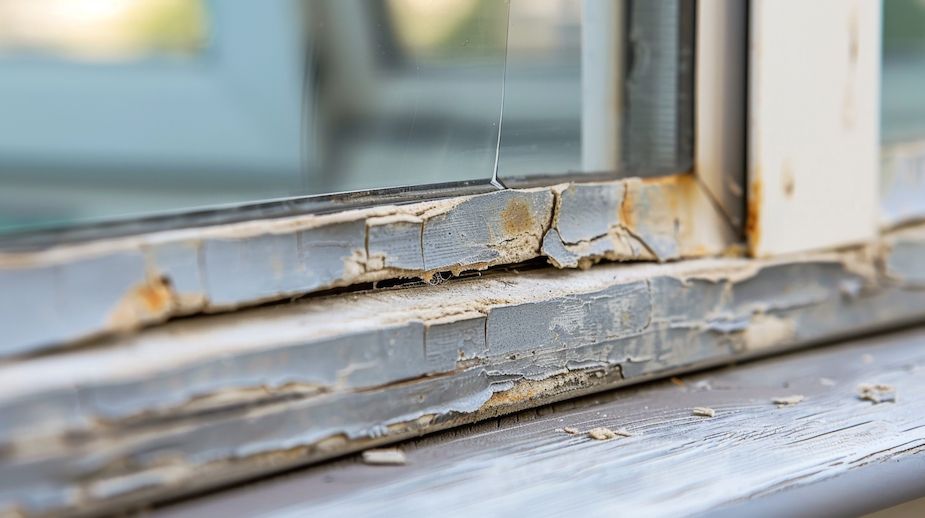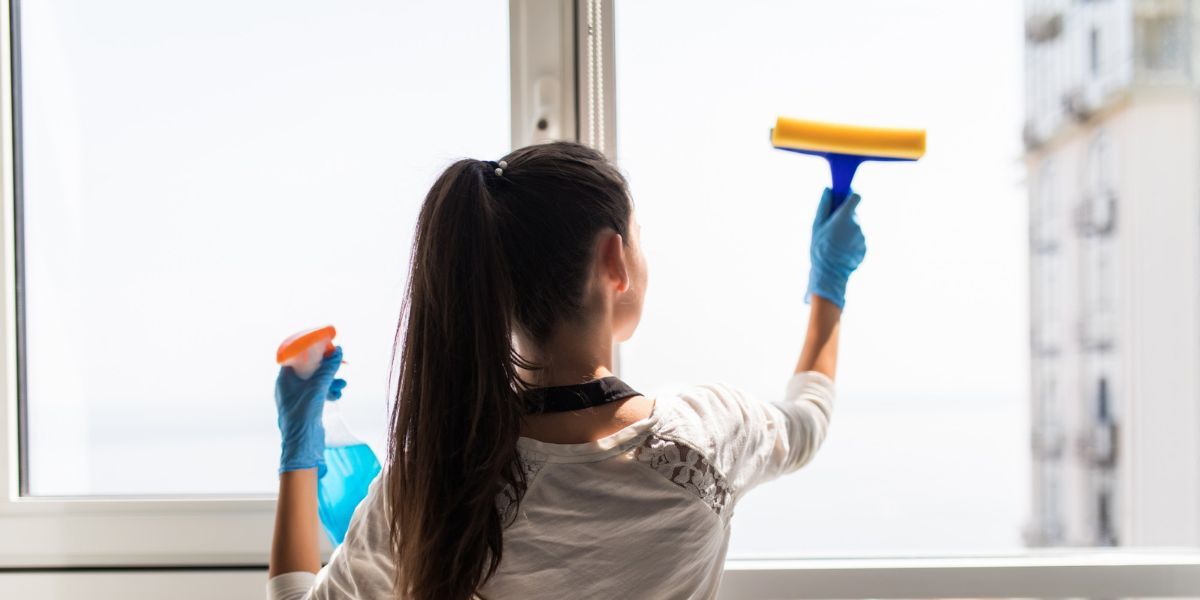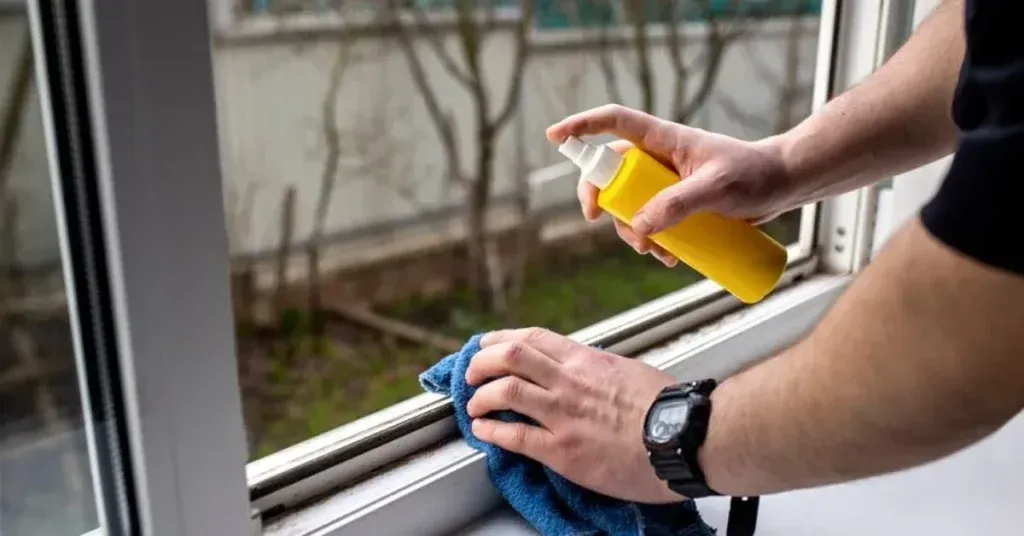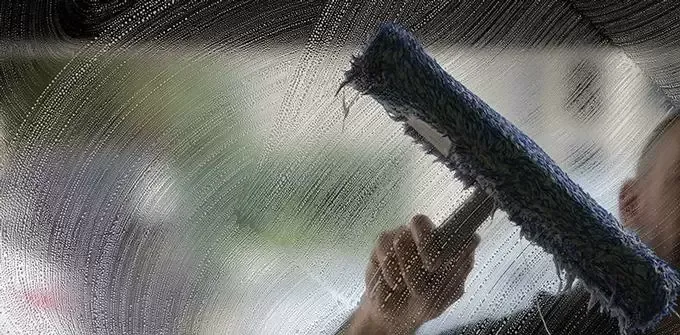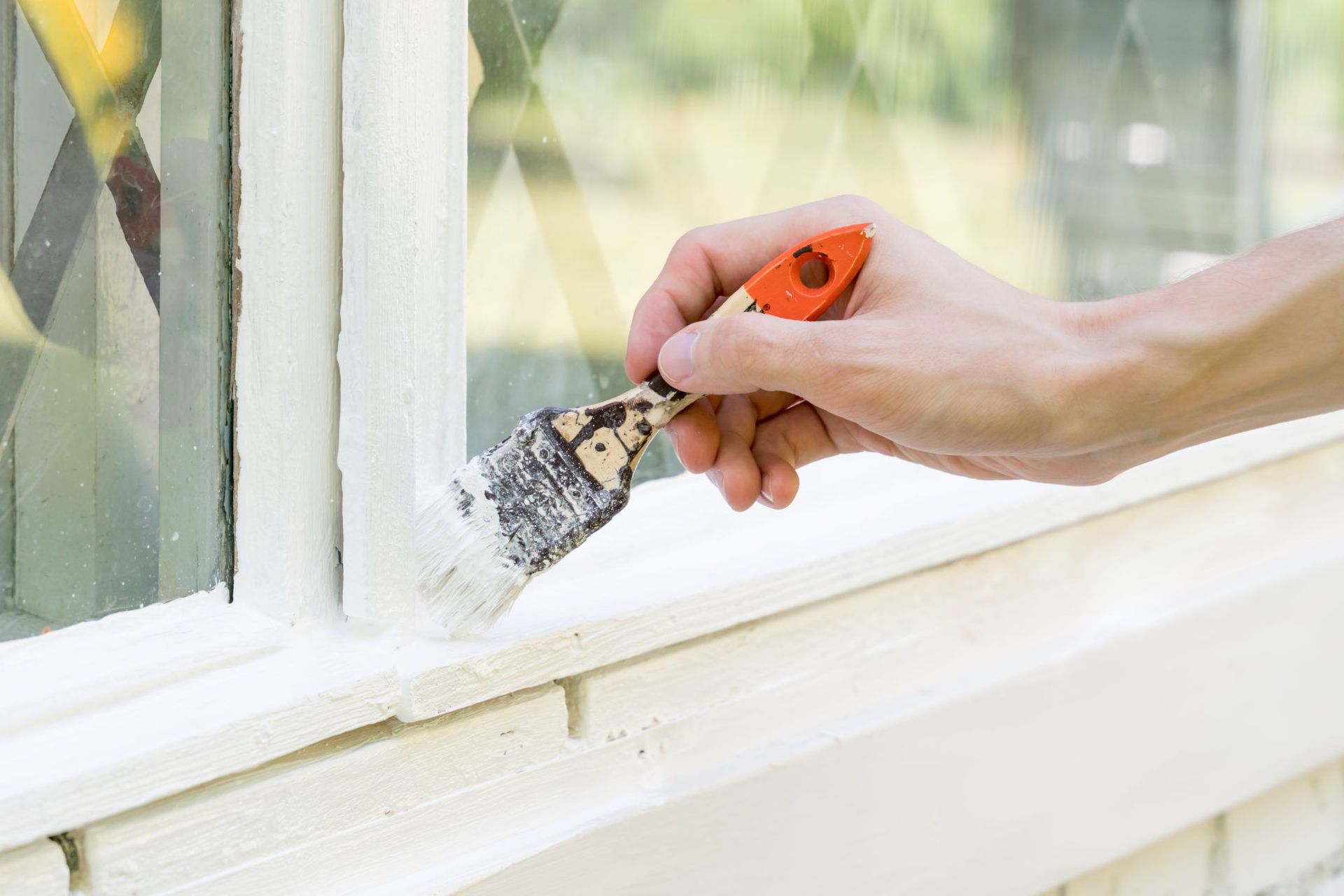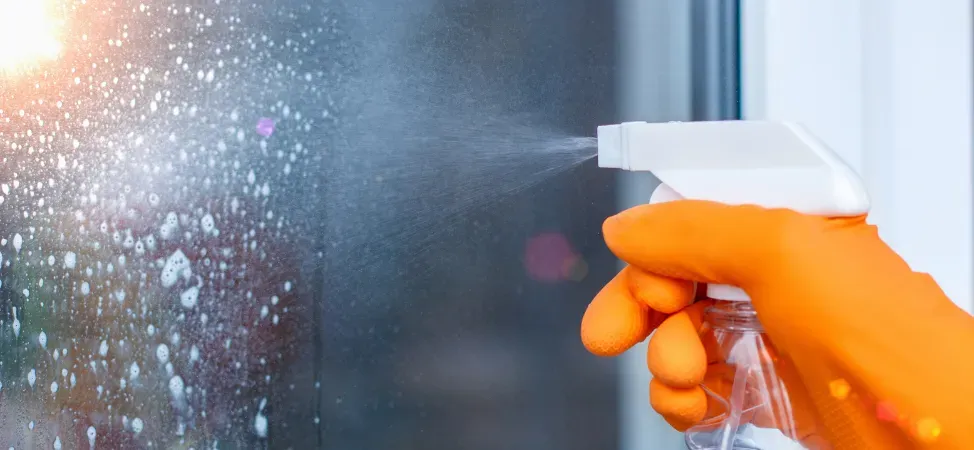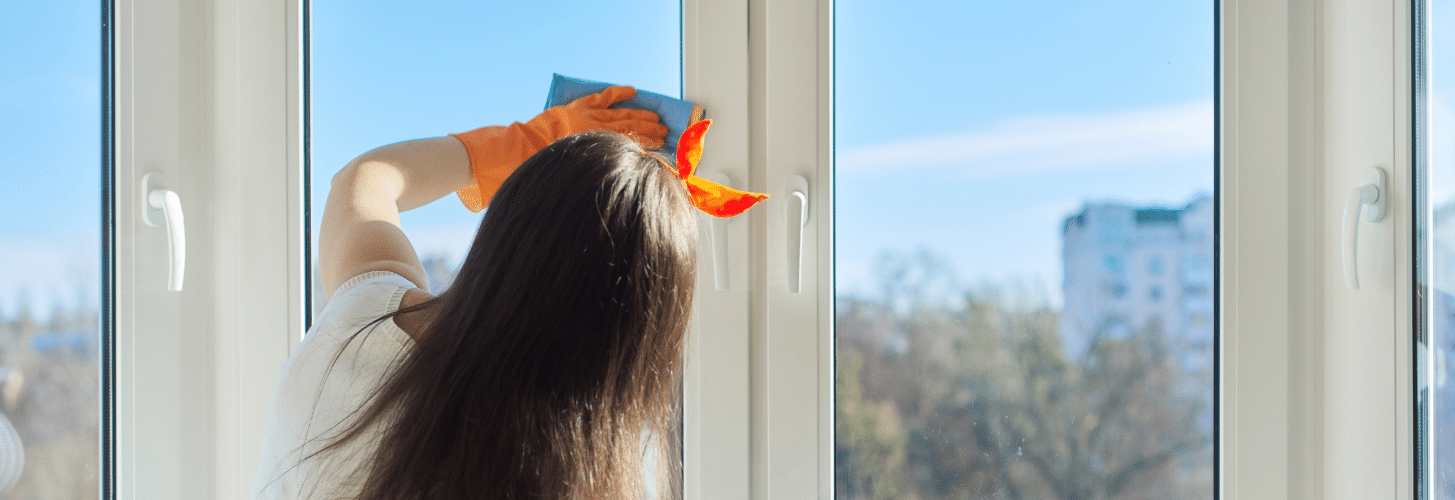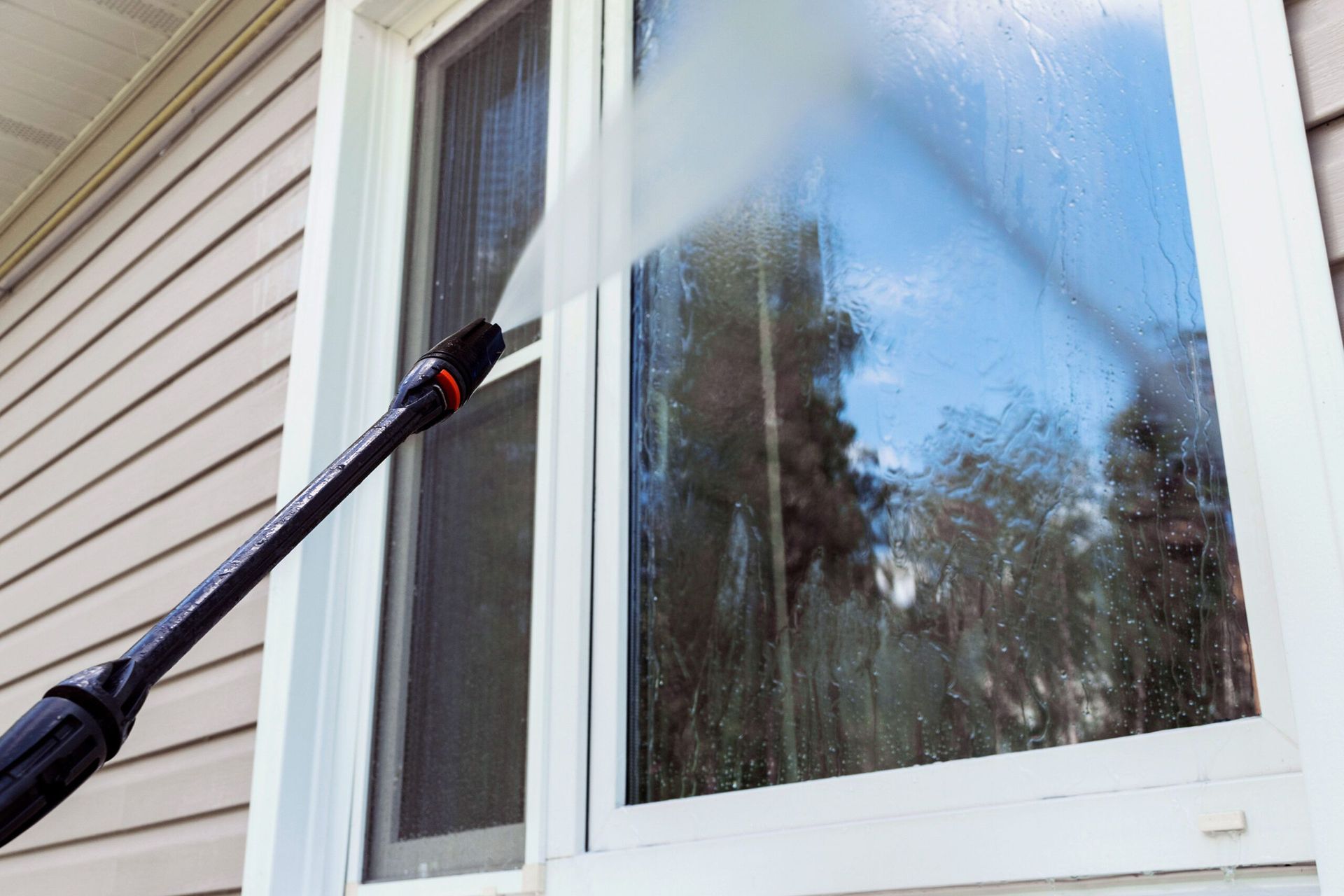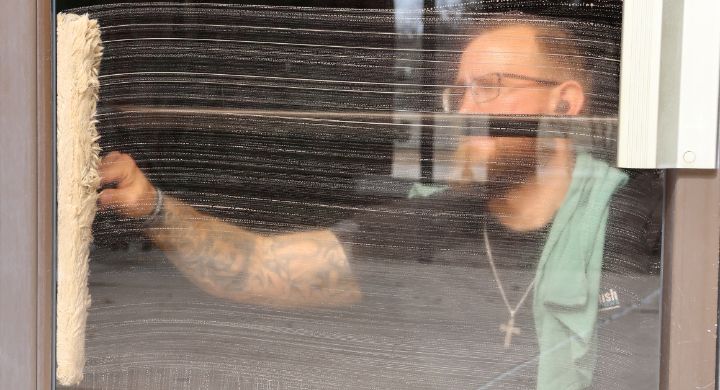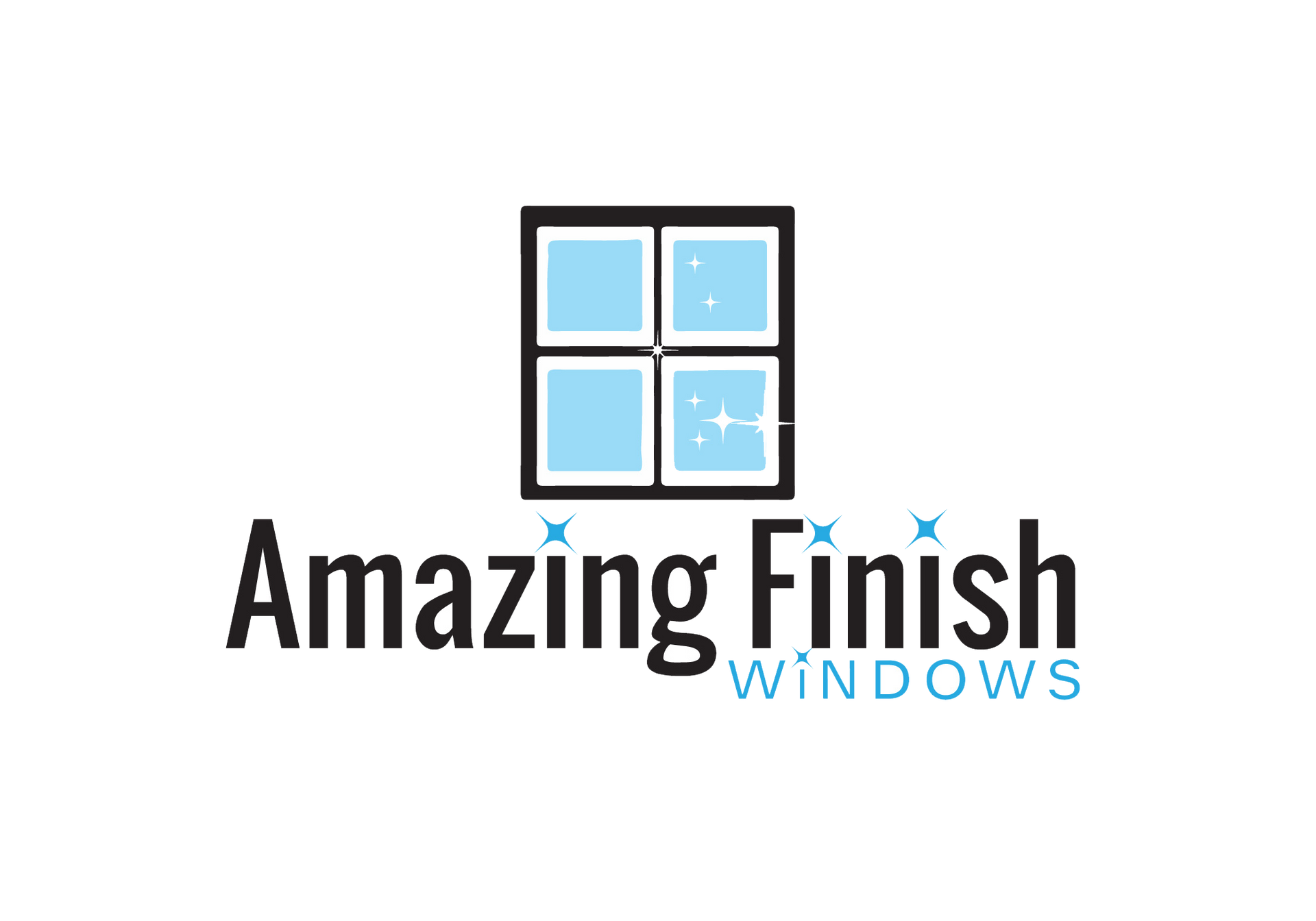What is the Best Cloth for Cleaning Windows? Check These Signs!
TLDR;
The best cloth for cleaning windows is a high-quality microfiber cloth due to its superior absorbency, lint-free texture, and streak-free finish. Chamois and specific lint-free cotton cloths are also good alternatives, but microfiber remains the top choice for crystal-clear, streak-free windows.
Why Choosing the Right Cloth for Window Cleaning Matters
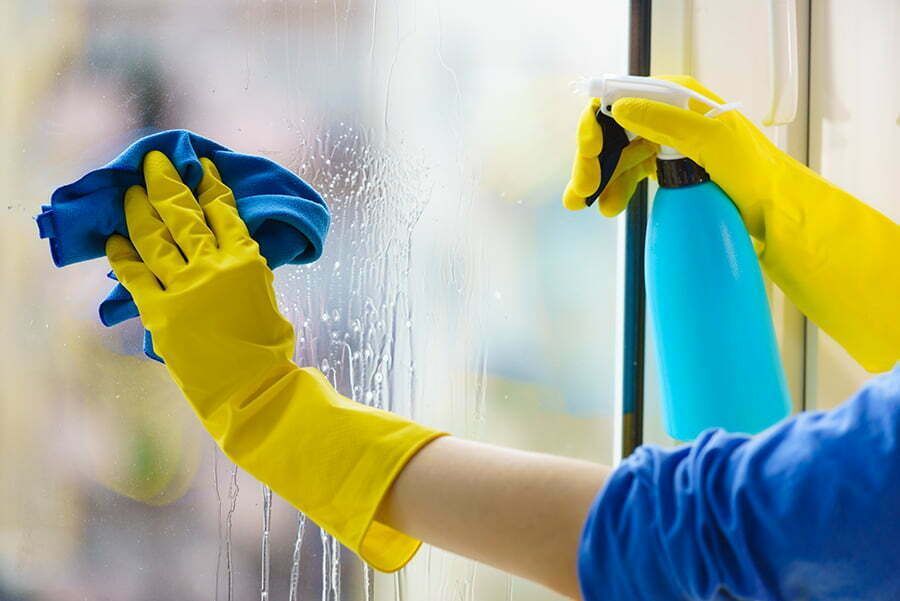
Using the wrong cloth to clean windows can leave streaks, lint, and even scratches. The right cloth ensures a flawless, crystal-clear finish without damage. A proper cleaning cloth should be absorbent, lint-free, and durable while effectively removing dirt and grime without leaving behind streaks or residue.
Common Problems with Using the Wrong Cloth
- Streaks: Some fabrics smear dirt rather than absorb it.
- Lint Residue: Low-quality cloths shed fibers, making windows appear dusty.
- Scratches: Abrasive materials can damage glass surfaces.
- Inefficiency: Poor absorbency means excess water and uneven drying.
Now, let's dive into the best cloth materials for cleaning windows and what makes them superior.
Understanding Different Cloth Materials for Window Cleaning
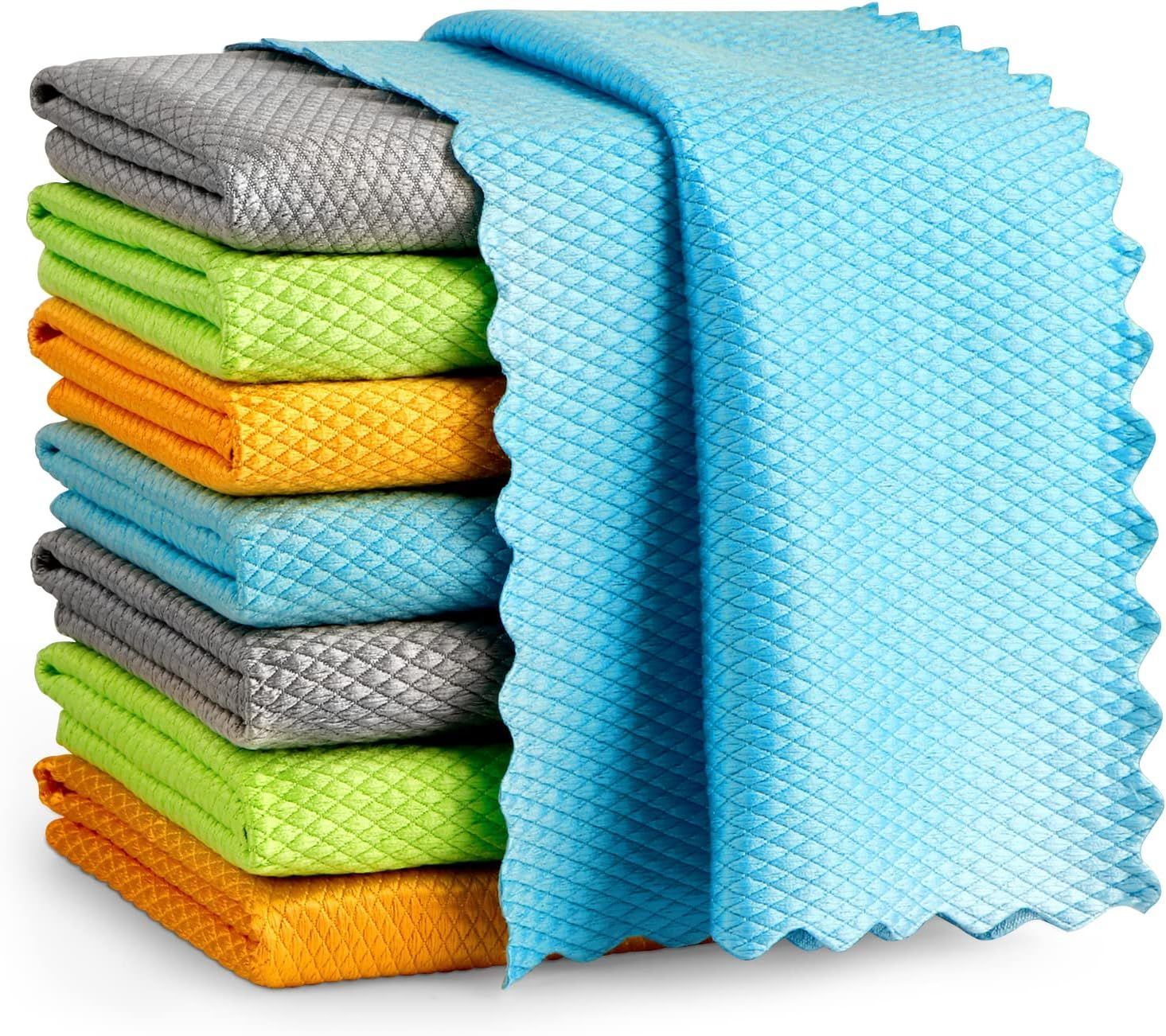
Microfiber Cloth – The Best Choice
Microfiber cloths are the gold standard for window cleaning. They are ultra-absorbent, lint-free, and designed to trap dirt and dust without spreading it around.
Benefits of Microfiber Cloths for Cleaning Windows:
- Highly Absorbent: Can hold up to 7 times its weight in water.
- Lint-Free: Leaves no fibers behind.
- Streak-Free Finish: Specially designed to remove streaks and smudges.
- Eco-Friendly & Reusable: Can be washed and reused multiple times.
- Works Dry or Wet: Effective with or without cleaning solutions.
Chamois Cloth – A Professional Alternative
Chamois cloth, made from natural or synthetic leather, is another excellent option for streak-free window cleaning. It absorbs water efficiently and dries surfaces without leaving streaks.
Advantages of Using Chamois Cloth:
- Extremely Soft: Won’t scratch glass.
- Absorbs Water Quickly: Leaves no streaks behind.
- Durable & Long-Lasting: If maintained properly, it can last for years.
- Downsides: Chamois cloth requires proper care to prevent mildew growth. It should always be dried thoroughly after use.
Cotton Cloth – Is It a Good Choice?
While cotton cloths can be used for window cleaning, not all cotton fabrics work well. Standard cotton towels often leave lint behind, but specialized lint-free cotton cloths can be effective.
Pros of Cotton Cloths for Window Cleaning:
- Widely Available: Easy to find and inexpensive.
- Absorbent: Can hold a good amount of water.
- Soft on Glass: Less likely to scratch the surface.
- Cons: Many cotton cloths leave lint behind, reducing clarity.
Paper Towels & Sponges – What NOT to Use
Paper towels and sponges may seem convenient but often do more harm than good.
Why Avoid Paper Towels?
- Leave lint and fibers on glass.
- Easily tear and dissolve when wet.
- Wasteful and not eco-friendly.
Why Sponges Aren’t Ideal for Windows?
- Hold too much water, leading to streaks.
- Can trap dirt, which may scratch glass.
Signs of a High-Quality Window Cleaning Cloth
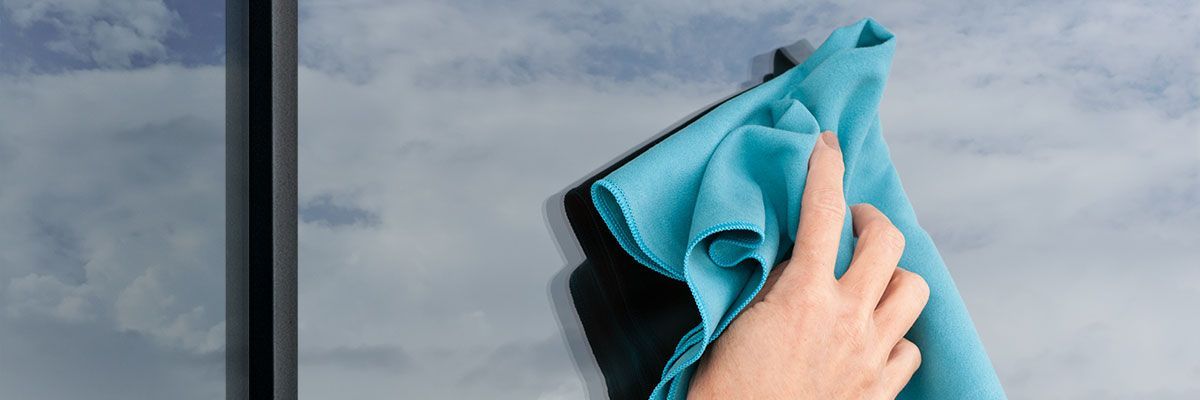
When choosing a window cleaning cloth, look for these key qualities:
High Absorbency
A good cloth should quickly absorb water without leaving streaks. Microfiber and chamois cloths are excellent choices due to their ability to soak up moisture effectively.
Lint-Free Material
Lint-free cloths ensure a flawless finish. Cotton cloths often leave fibers behind, while microfiber and chamois options do not.
Streak-Free Performance
To test a cloth’s effectiveness, wipe a small area of glass and check if streaks remain. The best cloths will leave the surface completely clear.
Durability & Reusability
The best cloths are reusable and can withstand multiple washes without losing effectiveness. Microfiber cloths and chamois last the longest with proper care.
Proper Techniques for Streak-Free Window Cleaning
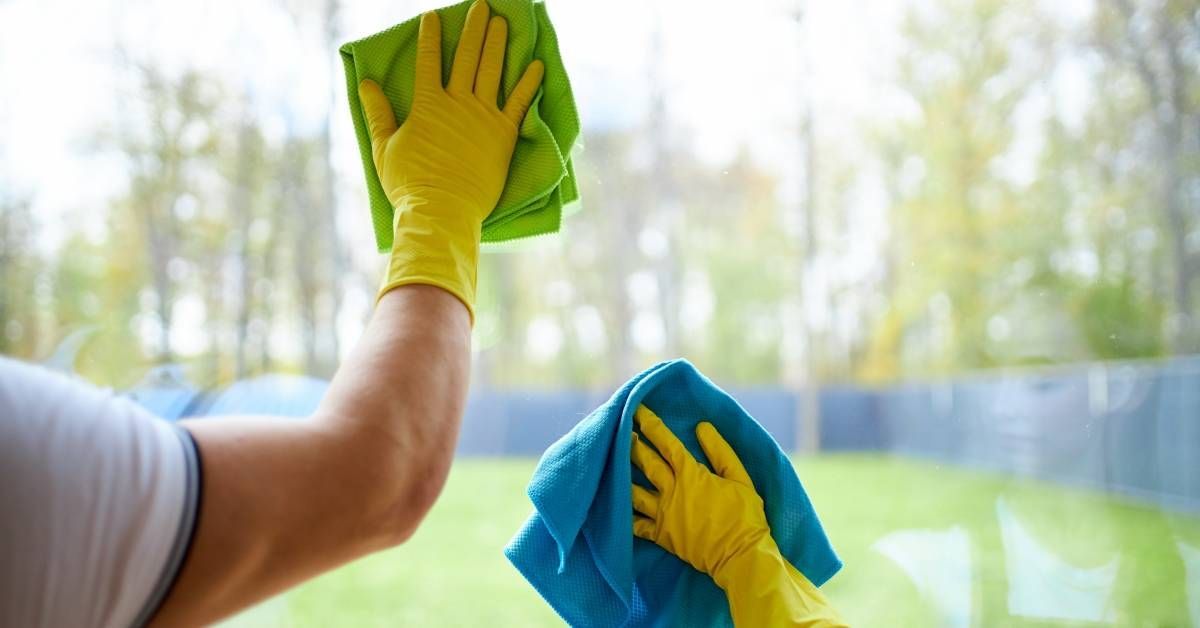
Using the right cloth is just one part of achieving a spotless finish. Follow these techniques for the best results.
Pre-Cleaning Preparation
- Remove dust and debris using a dry microfiber cloth or a soft brush.
- Avoid cleaning windows in direct sunlight, which causes streaking.
- If you have tinted windows, be sure to follow the right cleaning methods to avoid scratches and damage. Learn more about cleaning tinted windows safely to protect your window tint while achieving a streak-free finish.
Choosing the Right Window Cleaning Solution
- DIY Mix: 1 part vinegar, 2 parts water, and a few drops of dish soap.
- Store-Bought: Look for ammonia-free, streak-free formulas.
The Best Wiping Technique for Streak-Free Windows
- Use the S-Wiping Method instead of circular motions to prevent streaks.
- Start from top to bottom for even cleaning.
How to Maintain and Care for Your Cleaning Cloths
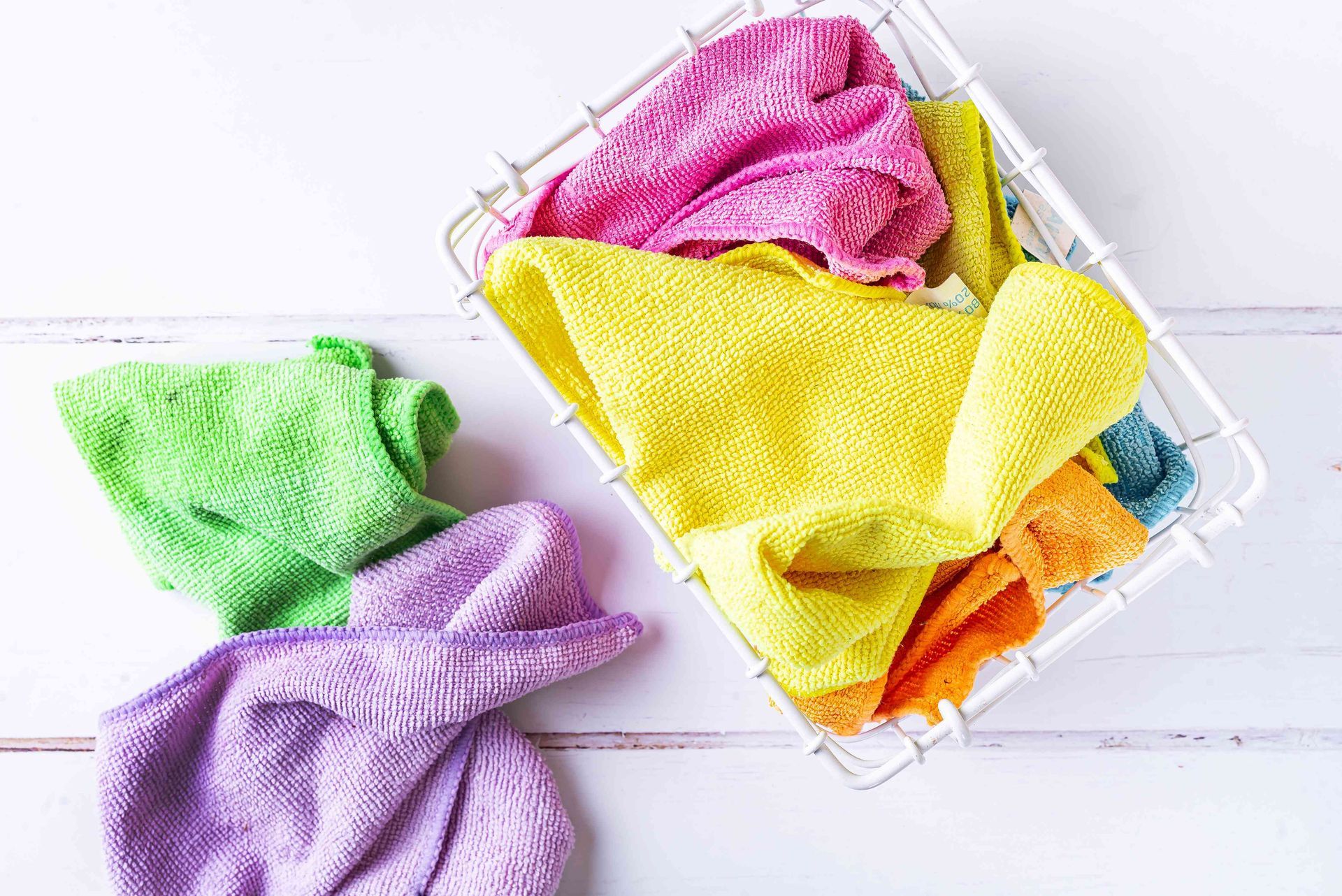
Washing Guidelines for Microfiber & Cotton Cloths
- Wash microfiber cloths separately to avoid lint contamination.
- Use mild detergent and avoid fabric softeners, which reduce absorbency.
- Air dry or tumble dry on low heat.
Proper Storage for Long-Term Use
- Store cloths in a clean, dry place.
- Avoid damp environments to prevent mold and mildew.
When to Replace Your Window Cleaning Cloth
- If it no longer absorbs water effectively.
- If it starts leaving streaks despite proper washing.
- If it develops a rough texture that could scratch glass.
Eco-Friendly & Sustainable Cloth Options
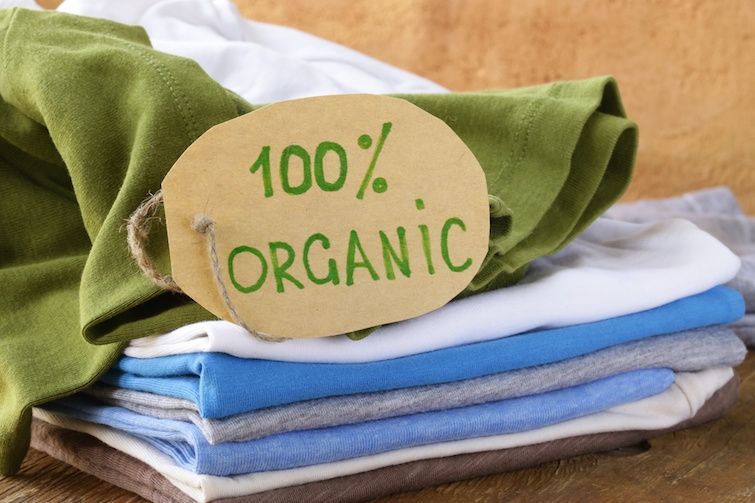
For those looking for environmentally friendly choices, consider these sustainable alternatives:
Reusable vs. Disposable Cloths – What’s Better?
Reusable cloths (like microfiber) are cost-effective and reduce waste compared to disposable wipes and paper towels.
Sustainable Fabric Choices for Window Cleaning
- Bamboo fiber cloths: Naturally antibacterial and highly absorbent.
- Organic cotton cloths: Lint-free and biodegradable.
- Recycled microfiber cloths: Made from repurposed materials.
Environmental Benefits of Using Reusable Cloths
- Reduces paper waste from disposable towels.
- Lowers carbon footprint by cutting down on production waste.
FAQ Section
What is the best microfiber cloth for cleaning windows?
A tightly woven, high-quality microfiber cloth with an 80/20 polyester to polyamide blend works best.
Can I use a regular towel to clean windows?
No, regular towels are too rough and can leave lint or streaks.
Why do my windows streak even when I use a cleaning cloth?
You may be using too much cleaning solution or an ineffective cloth. Ensure you use a streak-free, lint-free material.
Are there eco-friendly alternatives to microfiber cloths?
Yes, bamboo fiber and organic cotton cloths are great sustainable options.
Conclusion – Choosing the Best Cloth for Spotless Windows
For the best window cleaning results, microfiber cloths are the top choice due to their superior absorbency, lint-free texture, and streak-free finish. Chamois cloths are also excellent, while some lint-free cotton options can work in certain cases. To maintain crystal-clear windows, use proper cleaning techniques and care for your cloths properly. Trust Amazing Finish Window for expert advice and high-quality cleaning solutions!
